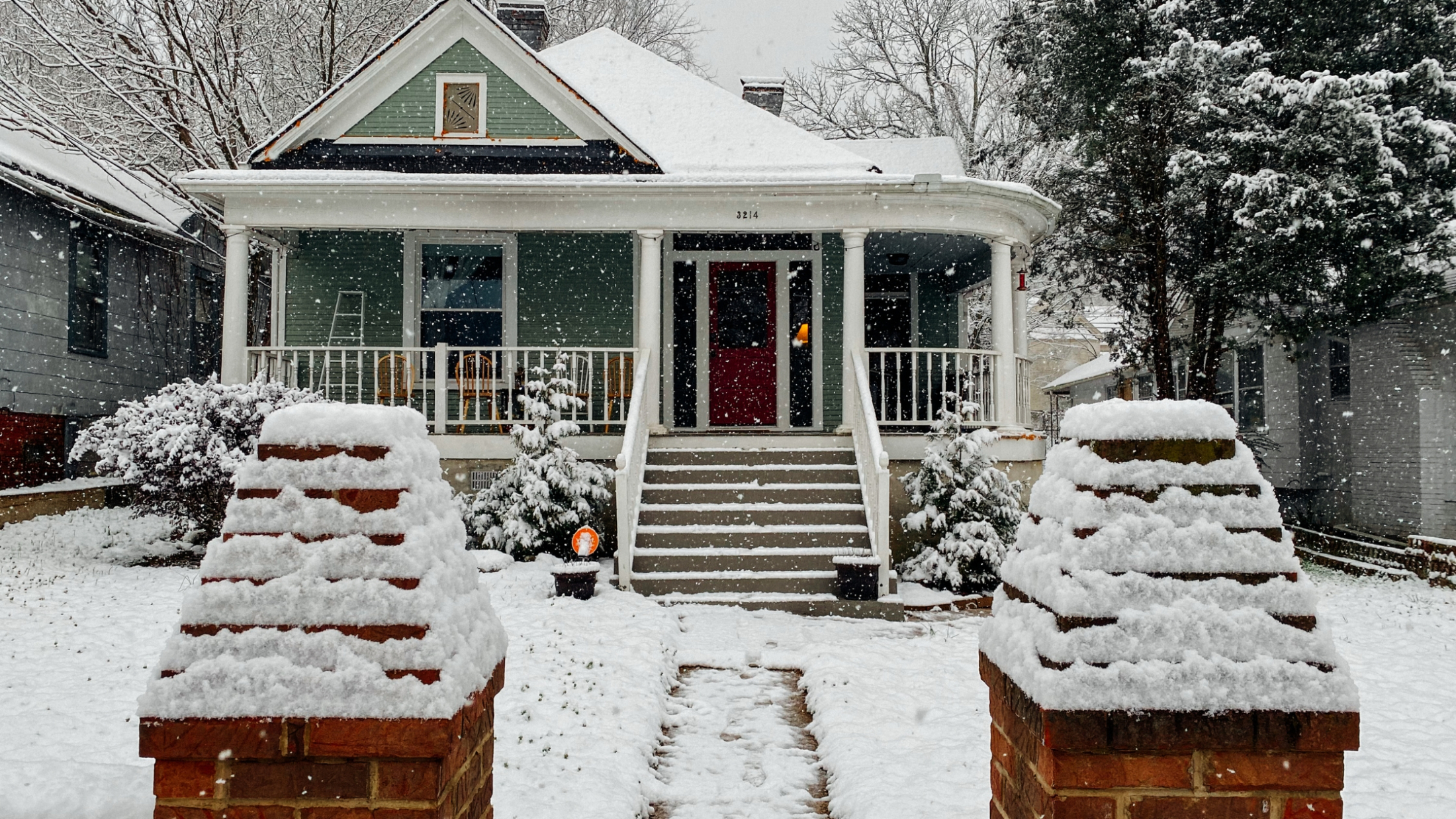As the leaves fall and Toronto moves towards the winter months, many buyers and sellers wonder if this is the right time to make a move. While the market tends to slow down compared to spring and summer, late fall and early winter can offer unique opportunities for those who plan strategically. With careful timing and preparation, you can position yourself for success in Toronto’s real estate market, whether you are buying, selling, or both.
Why Winter Can Be a Smart Time
Many people assume winter is a less desirable time to buy or sell, but this is not always the case. Fewer listings and buyers in the market mean less competition, which can create opportunities for negotiation. Serious buyers are actively looking, and sellers who list during this period are often motivated to close before the holidays. Even in highly desirable areas like Forest Hill North, Lytton Park, or Humewood, these dynamics can work to your advantage when approached thoughtfully.
Preparing Your Home or Your Search
Preparation is key in the winter market. Sellers should focus on making their homes inviting despite shorter days and colder weather. This can include ensuring good lighting, keeping entryways clear of snow, and creating a warm, welcoming atmosphere. Buyers benefit from having pre-approvals in place, identifying preferred neighbourhoods, and knowing what features are most important. In areas like Cedarvale or Corso Italia, proximity to parks, transit, and local amenities can be a deciding factor, so understanding the nuances of different streets can save time and stress.
Understanding Neighbourhood Appeal
Winter can reveal aspects of a neighbourhood that are sometimes overlooked in other seasons. Tree-lined streets, walkable sidewalks, and proximity to essential amenities become especially important when days are shorter. For families, nearby schools and community spaces remain a top priority. Observing how a neighbourhood functions during winter can help buyers see whether it aligns with their lifestyle and long-term goals. These insights are just as valuable in established enclaves like Vaughan-Oakwood or Briar Hill-Belgravia as they are in any part of Toronto.
Strategic Tips for Negotiation and Timing
Entering the winter market requires careful planning. For buyers, being ready to act quickly while maintaining flexibility can create opportunities to secure a home at a favorable price. For sellers, pricing thoughtfully and highlighting seasonal advantages, such as energy-efficient features or proximity to nearby amenities, can attract serious interest. Working with an agent who understands Toronto’s diverse neighbourhoods and seasonal dynamics can make a significant difference in navigating offers and timing effectively.
Planning Ahead
While winter may seem like an off-peak period, it offers a unique window for strategic moves. By understanding the market, preparing thoroughly, and keeping neighbourhood priorities in mind, buyers and sellers can achieve results that align with their goals. Whether you are considering a first home, planning to upgrade, or thinking about investment opportunities, thoughtful planning now can set the stage for success in the months ahead.
If you’re ready to explore your options or need guidance navigating the winter market, reach out at lorry@lorrygreenspan.ca. Together, we can create a plan that works for you, no matter the season.











